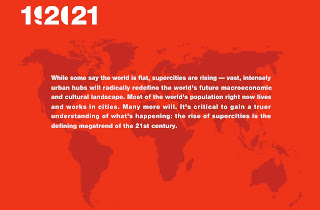seven
Expanding Mass Transit in Metro Manila
NEDA's given the greenlight to MRT-7. The pricetag? $3.3B, but that doesn't all go to rail:The scheme calls for a 20-kilometer light rail system integrated with a 20-kilometer highway that will link the North Triangle area in Quezon City with San Jose del Monte City in Bulacan province.Wait a minute. The "commercial and residential developments that are expected to rise along the route" will cost $2B and is part of the BOT?
“So all in all, this will be a 40-kilometer project and will come at no cost to the government (since it would be funded through the BOT scheme),” Santos explained.
The rail and road network is expected to cost as much as $1.3 billion, while the commercial and residential developments that are expected to rise along the route would cost another $2 billion.
Like MRT-8, this seems to be more of a real estate deal than a public infra project.
I'd like to see how all that "development" is going to be distributed. I'm betting most of it will be along the 20 kilometer highway, NOT along the 20-kilometer rail route. So much for leveraging the transit investment. More like the investors are leveraging government funds for their investments.
I have not seen any detailed plans, although they've given the general locations of the 14 stations, we do need to pay close attention to how these stations are designed and sited. For example: will the locations make it easy for commuters to transfer to connecting jeepneys? (To get to UP from the University Station? or to Ateneo from the Tandang Sora station?)
What will also be important is how the local government and the LTO respond to the plans for the stations. Quezon City should re-zone around the stations to get more density and more riders. The LTO and LTFRB should reconsider jeepney routes to feed the stations.
I would have much rather a Bus Rapid Transit project in place of light rail. The $1.2 billion (for the railway) would have brought at least 60 kilometers of BRT. Plus, a BRT system would have allowed the existing transport franchise holders (jeeps and buses) to possibly participate in the venture.













